The TI Class Super Tankers: The Fantastic Four
Everyone associated with the intricacies of the marine oil cargo sector knows the importance of Ultra Large Crude Carriers (ULCC). Since their inception, these crude carriers, also the largest tankers have helped the industry to solve several problems related to oil cargo transport through water ways.
Keeping in the largeness aspect of the ULCCs, there are four super tankers that are prominent in the maritime sector and which are known as the fantastic four amongst their crude oil tanker peers. Known as the TI Class Supertankers, the four super tankers are – the TI Oceania, TI Europe, TI Asia and TI Africa.
‘Ti’ stands for the crude oil tanker consortium dealer Tanker International L.L.C. while Oceania, Europe, Asia and Africa are the names for the vessels which were originally named Fairfax, Tara, Alhambra and Metropolis respectively at the time of their construction. These four tanker ships were built for the Greek shipping corporation Hellespont. Later on, they were taken over by the OSG Group (Fairfax and Tara leading to their renaming) and the Euronav NV (Alhambra and Metropolis leading to their renaming). Hellespont, at the latest, has 26 vessels currently operating while a couple more waiting in an order pipeline.
The four largest tankers were built by the South Korean ship builder Daewoo Shipbuilding and Marine Engineering. One of the most important reasons why these four ULCC are well-known across the marine world is because of the extent of their productive life. Each of the four ultra large crude carriers can be put into active use for 25 years which makes them a much-sought after tanker ship to carry bulk amounts of oil across the ocean.
Some of the other salient features of the super tankers can be enumerated as follows:
- The fantastic four are dual-hulled ships, which offers a safer and better method of oil ferrying without causing major environmental problems in case of any accident
- The speed offered by each of the four super tankers is quite high – 16.5 knots which ensures a faster carrying of the required cargo in the form of oil
- The topmost part of the hull of the double hulled tankers is designed to reflect back sunlight. Along with this, the ballast tanks of the supertanker are supplied with inert gases which ensures that no complications arise out of inadvertent leakage of gases
Detailed below is a detailed summary of each supertanker:
- TI Oceania: Ordered to be built in the year 2001, the super tanker was officially launched in the year 2002 and has since been plying its utility quite successfully. In terms of dimensions, the ship measures 380 metres lengthwise, 68 metres breadth wise, 34 metres depth wise and 24.5 metres draught wise. It has a dead weight tonnage of around 4, 00,000 tonnes and its cargo hauling capacity is over three million barrels of oil. Once flagged to Greece and Belgium, the TI Oceania is currently under the flagging of Marshall Islands.
- TI Europe: With a speed of 16.5 knots, the ULCC TI Europe was ordered to be built in the year 2001 and launched in the next. The gross tonnage of the ship – 2, 34,006 tons – allows the tanker ship to carry a cargo hauling of over five million litres of crude oil. In terms of dimensions, the TI Europe has a similar layout as her sister tankers. TI Europe is currently under the Marshall Islands flag.
- TI Asia: The earliest supertanker out of her other sister fleet, the TI Asia was officially launched in June 2001 after being ordered in the month of January, the previous year. In the year 2010, after almost a decade of crude cargo hauling, the TI Asia was converted to be utilised as a Floating, Storage and Offloading (FSO) vessel.
- TI Africa: The second-oldest among the quartet of the ultra large crude carrier, the TI Africa was launched in September 2001 after being ordered in the month of January, the previous year. Like TI Asia, its sister ship purchased by the OSG Group, the TI Africa was converted from a supertanker to a FSO vessel in the year 2010.
Latest Type Of Ships Articles You Would Like:
Do you have info to share with us ? Suggest a correction
Subscribe To Our Newsletters
By subscribing, you agree to our Privacy Policy and may receive occasional deal communications; you can unsubscribe anytime.
Web Stories



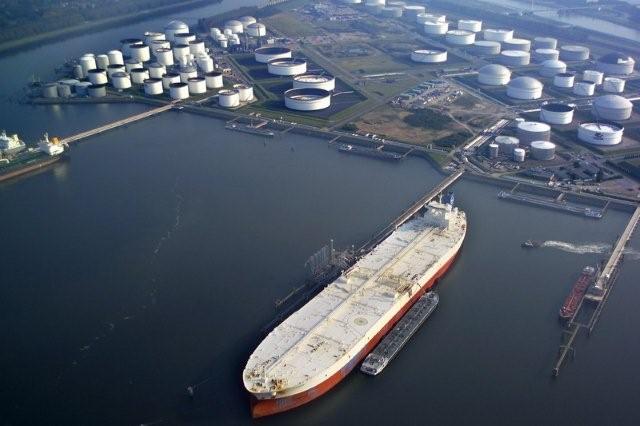
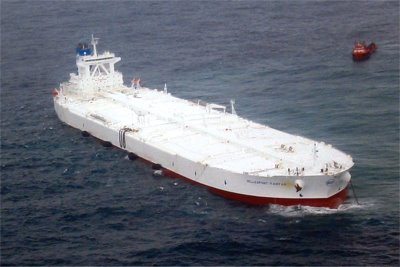
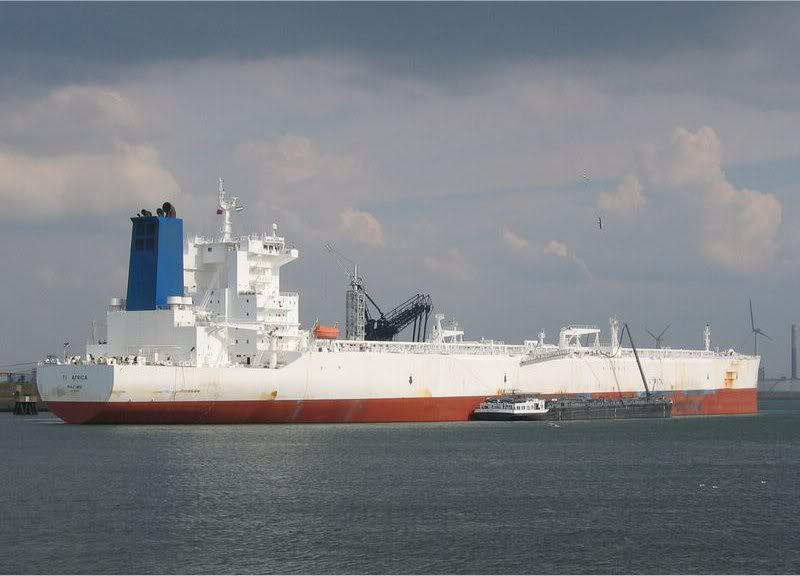
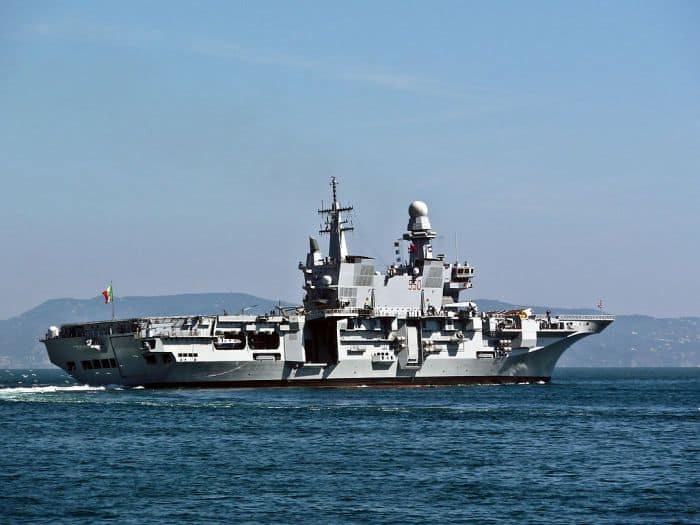
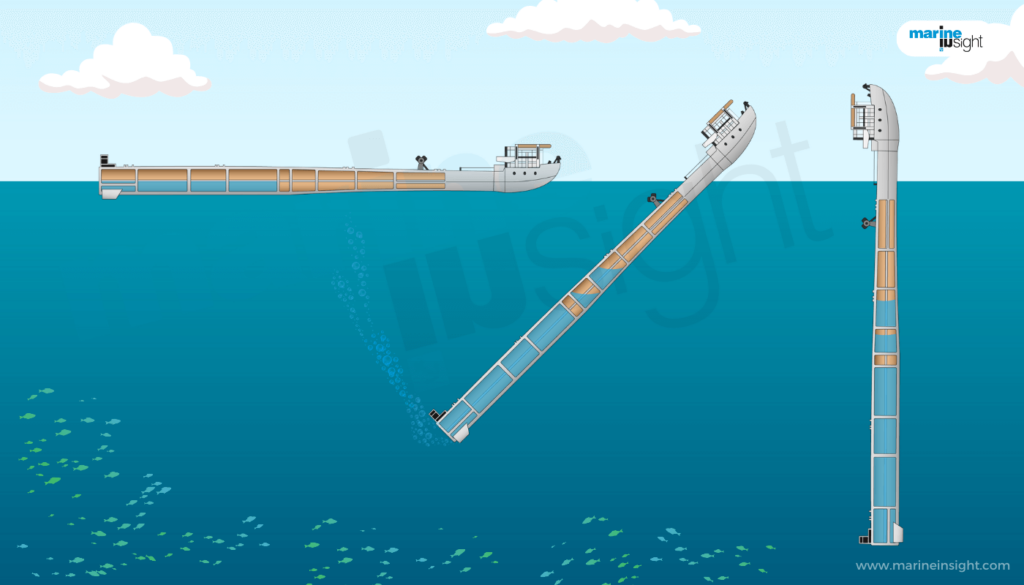

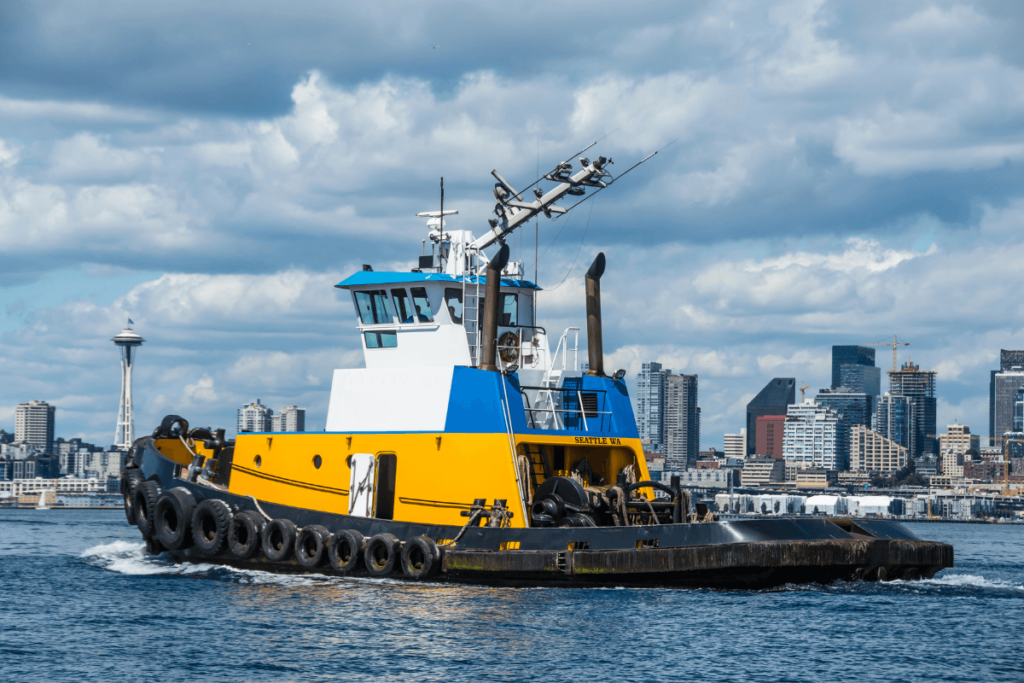

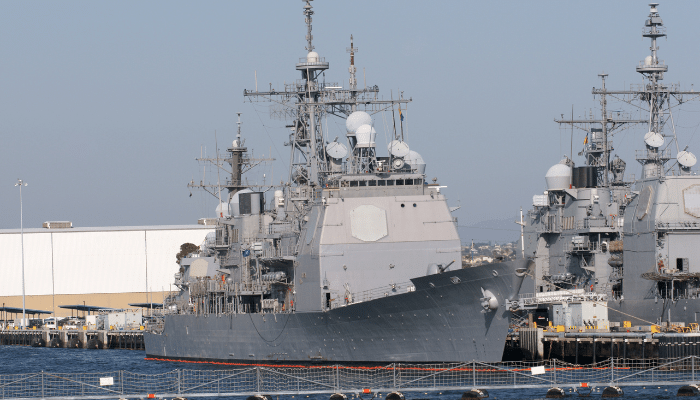

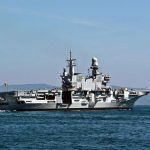
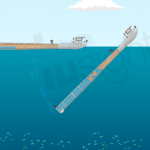
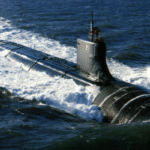
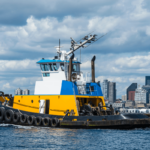
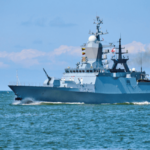
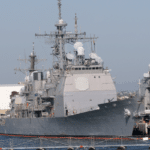



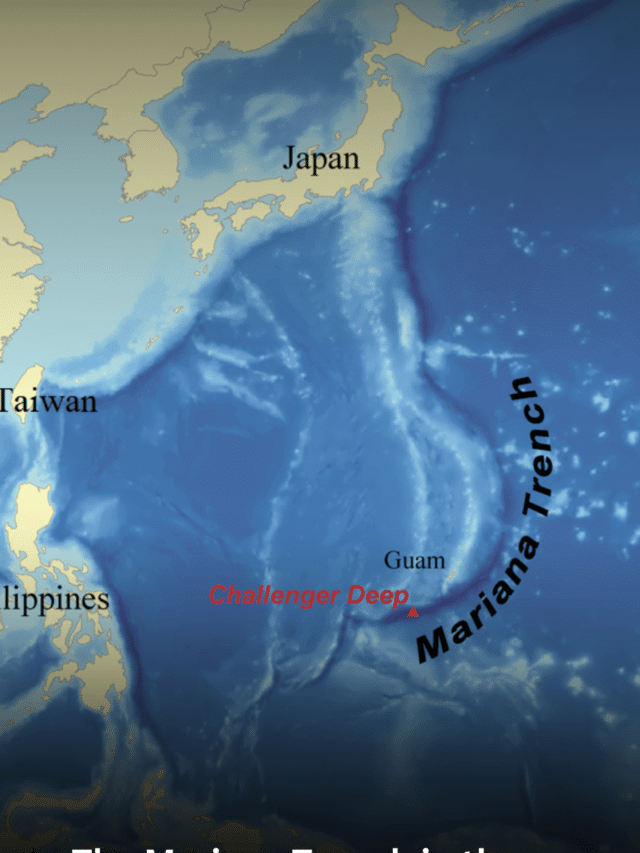
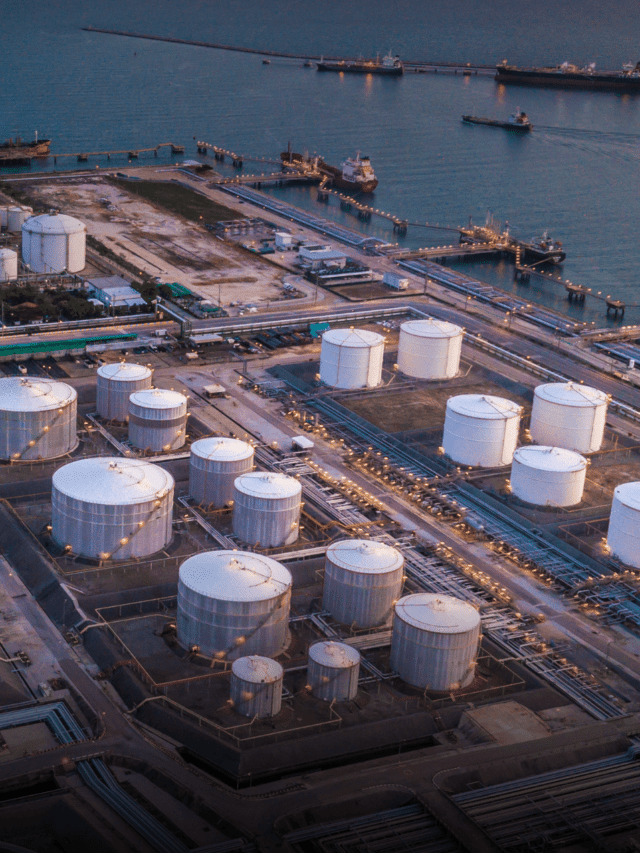
There have been no further ULCCs built since the 4 listed in your article above.
Given the combination of tonnage oversupply, changes in the global economic condition and oil price development, it is highly unlikely that any further ULCC projects will be undertaken in the mid term (within the next 10 years).